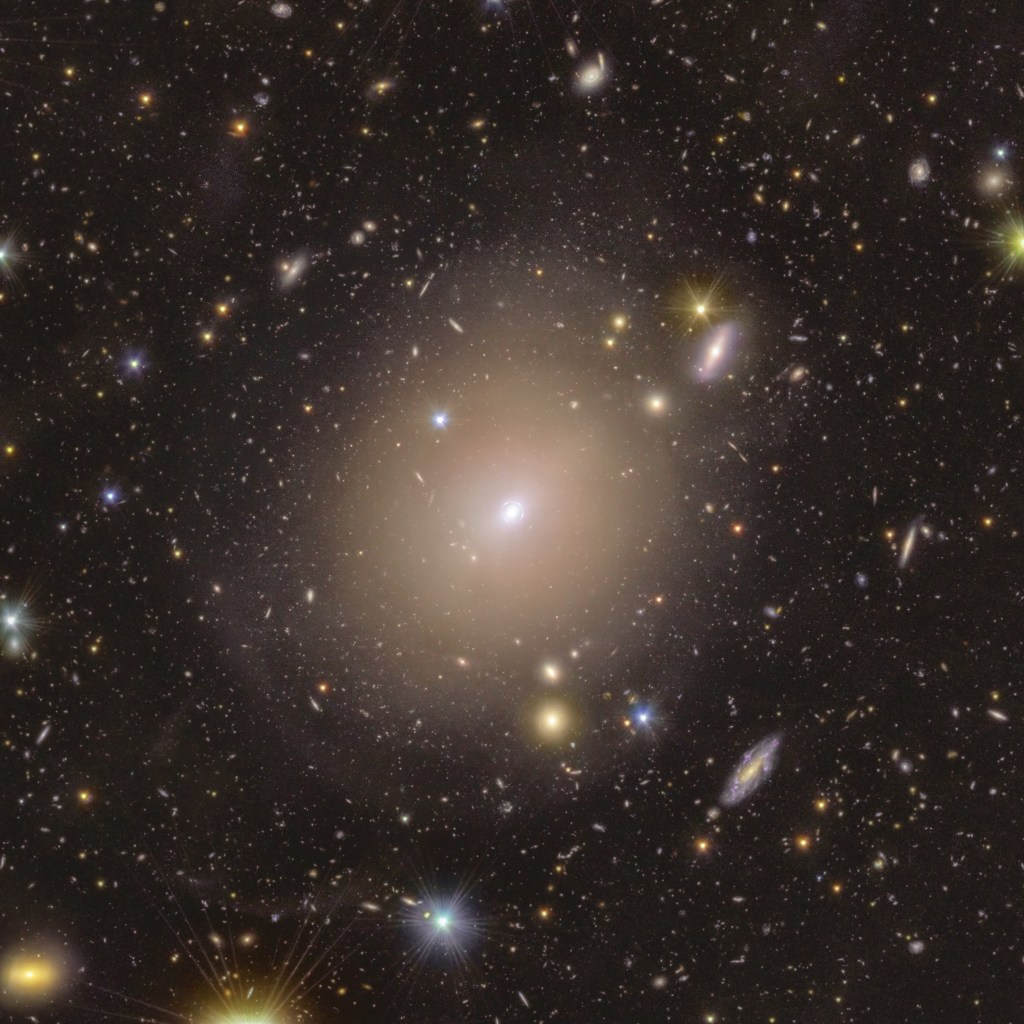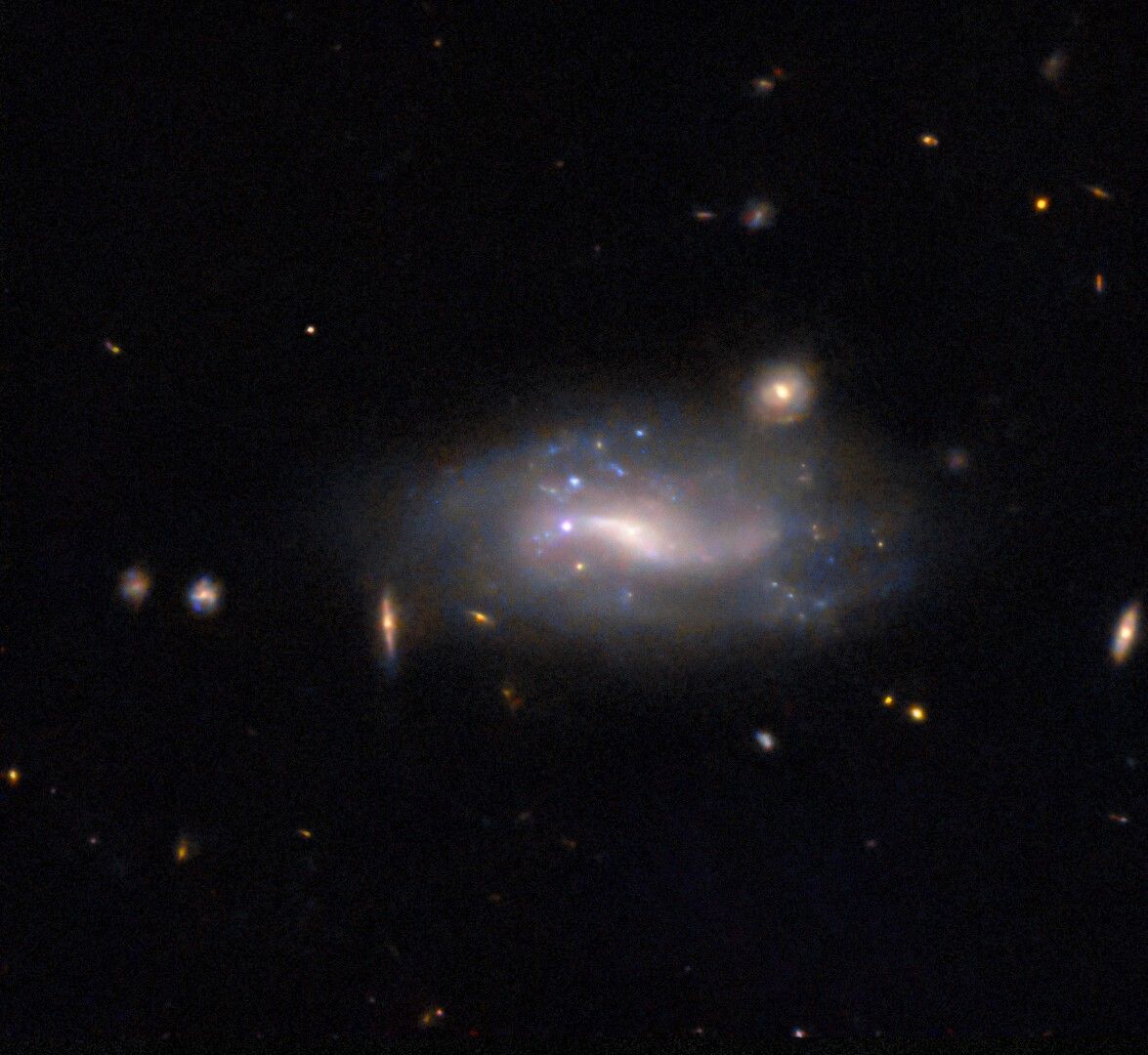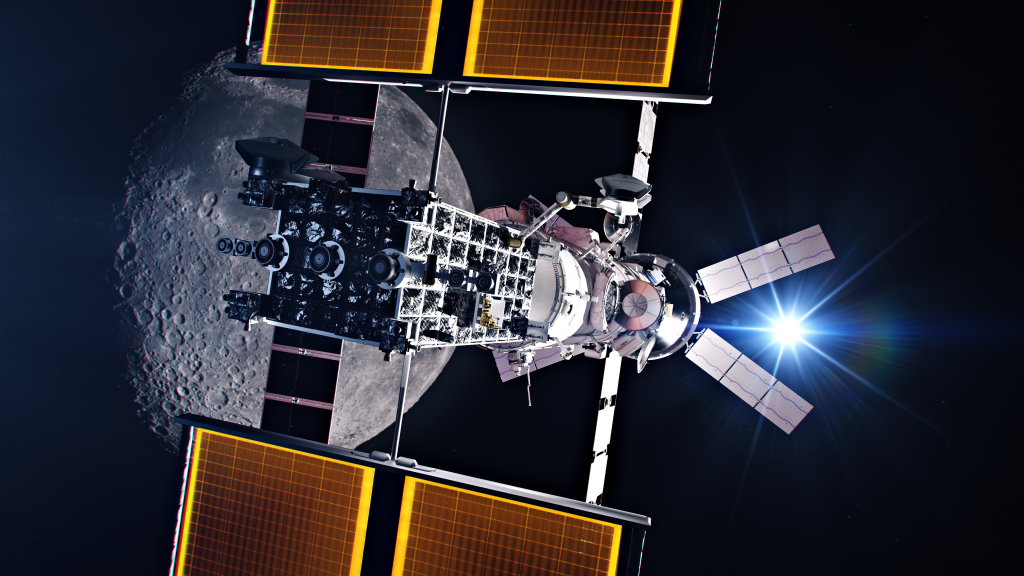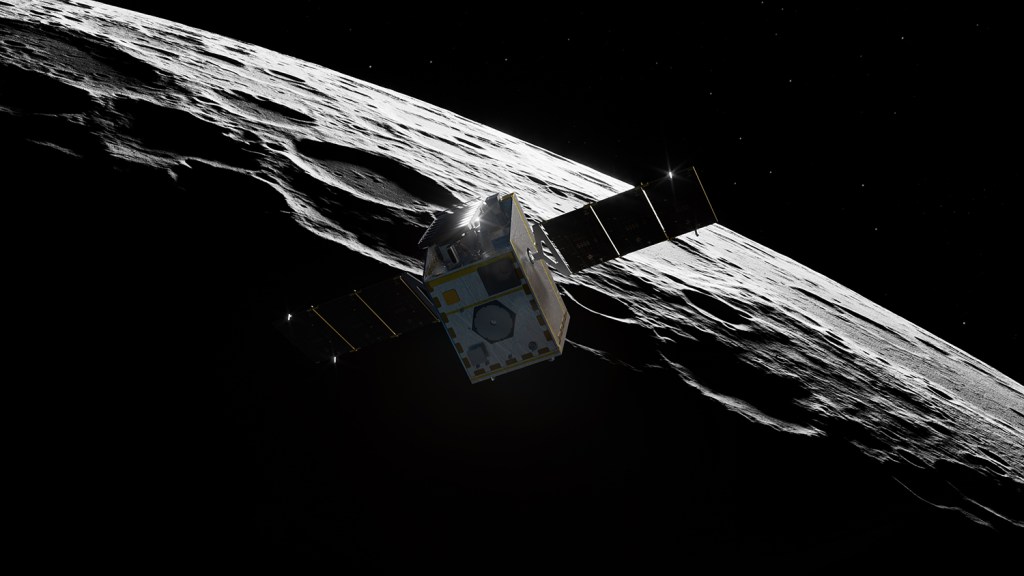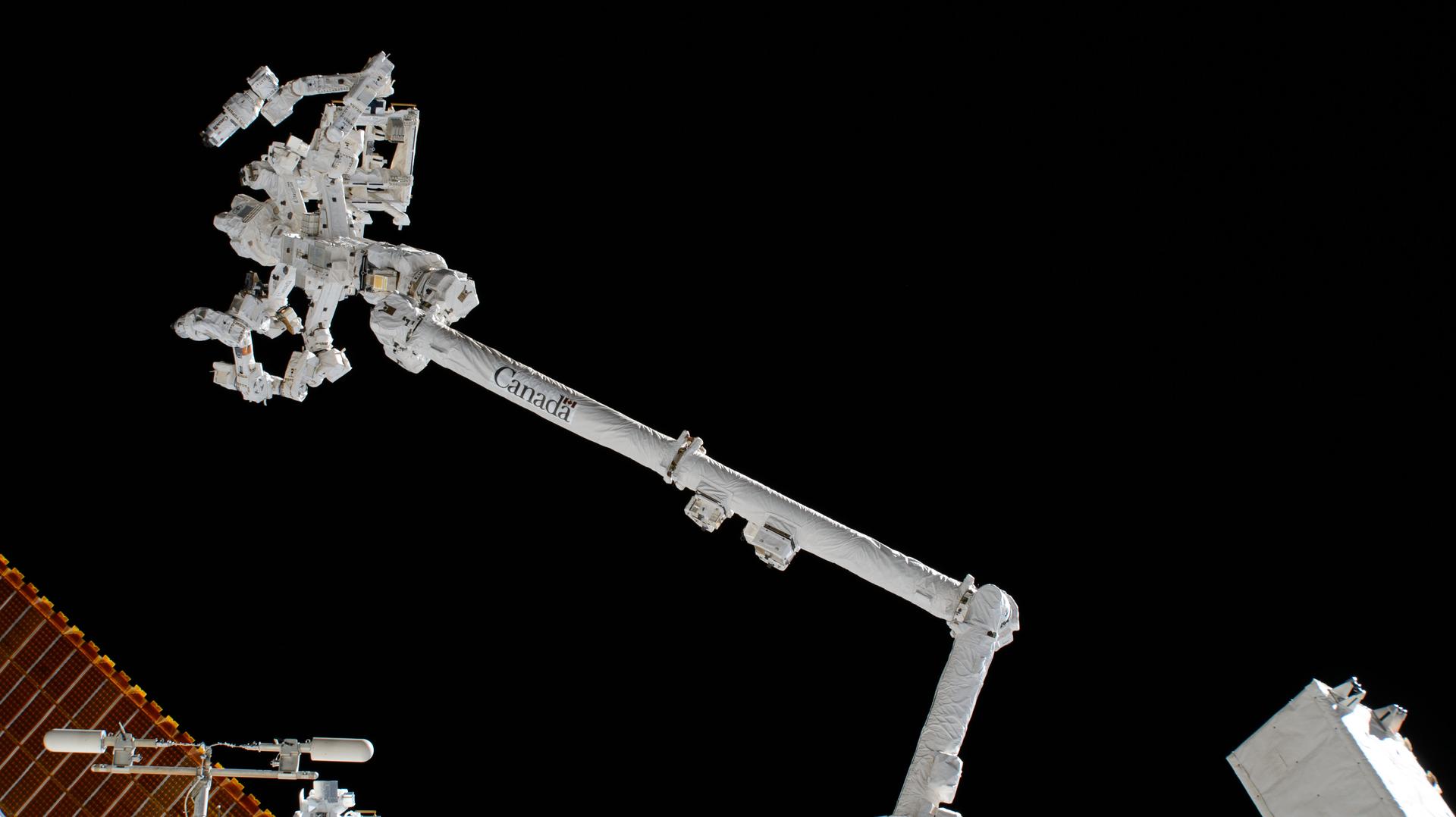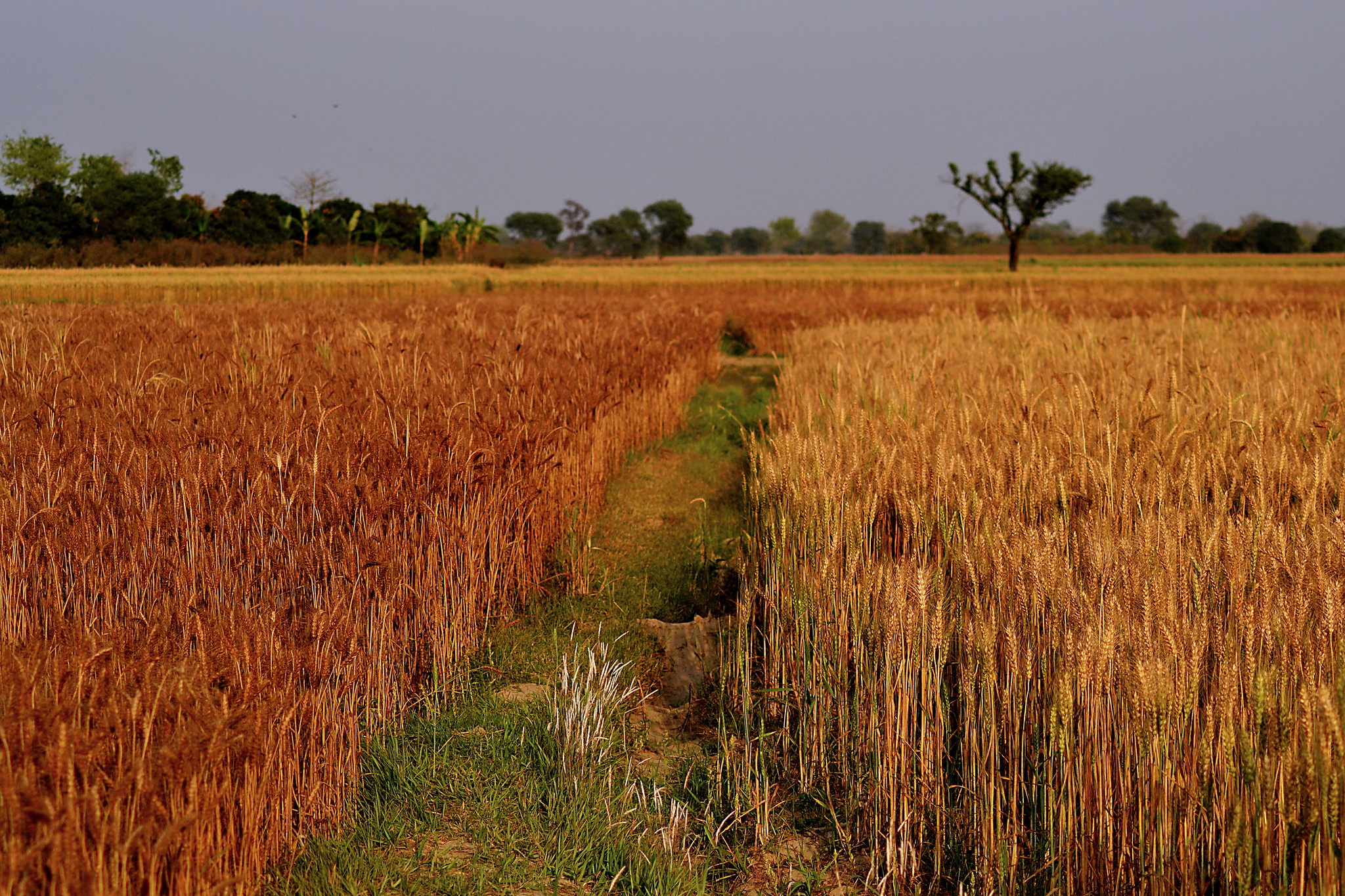Elevated carbon dioxide concentrations in the atmosphere may increase water-use efficiency in crops and considerably mitigate yield losses due to climate change, according to a new NASA study.
The results, published in the journal Nature Climate Change on April 18, show some compensation for the adverse impacts of temperature extremes and water scarcity caused by increasing emissions of carbon dioxide and other greenhouse gases.
Studies have shown that higher concentrations of atmospheric carbon dioxide affect crops in two important ways: they boost crop yields by increasing the rate of photosynthesis, which spurs growth, and they reduce the amount of water crops lose through transpiration. Plants transpire through their leaves, which contain tiny pores called stomata that open and collect carbon dioxide molecules for photosynthesis. During that process they release water vapor. As carbon dioxide concentrations increase, the pores don’t open as wide, resulting in lower levels of transpiration by plants and thus increased water-use efficiency.
Global climate impact assessments for crops have focused primarily on the impacts of elevated atmospheric carbon dioxide on yields, said Delphine Deryng, lead author and a climate scientist at NASA’s Goddard Institute for Space Studies (GISS) in New York City. “There has been very little impact assessment analysis that looked at the dual effect on yield and water use and how they play out in different regions of the world, which is critical to anticipating future agricultural water demands,” she said.
To study those effects, for wheat, maize, soybean and rice crops, Deryng and her co-authors simulated changes in crop yield and evapotranspiration (the combined transfer of water vapor to the atmosphere due to evaporation and transpiration) to estimate crop water productivity. Specifically, they looked at the amount of yield produced per unit of water, which is a common measurement for assessing crop water-use efficiency.
The results were synthesized from an ensemble of 30 simulations produced by six global crop models driven by climate data from five different global climate models under a “business-as-usual” greenhouse gases emissions scenario, whereby concentrations of carbon dioxide double by the year 2080 compared with 2000. Two sets of crop experiments were conducted: one which considered the effects of both atmospheric carbon dioxide concentrations and their associated climatic changes, and one in which only the associated climatic conditions were taken into account, which meant keeping carbon dioxide concentrations at 2000 levels.
Results show that yields for all four crops grown at levels of carbon dioxide remaining at 2000 levels would experience severe declines in yield due to higher temperatures and drier conditions. But when grown at doubled carbon dioxide levels, all four crops fare better due to increased photosynthesis and crop water productivity, partially offsetting the impacts from those adverse climate changes. For wheat and soybean crops, in terms of yield the median negative impacts are fully compensated, and rice crops recoup up to 90 percent and maize up to 60 percent of their losses.
According to the study, the impact of doubled carbon dioxide concentrations on crop water productivity and yield varies regionally. Results show that maize suffers yield losses with doubled carbon dioxide levels, due in large part to the plant’s already greater efficiency at using carbon dioxide for photosynthesis compared with the other crops. Maize yields fall by 15 percent in areas that use irrigation and by 8 percent in areas that rely on rain. Even so, losses would be more severe without the carbon dioxide increase: yields would decrease 21 percent for irrigated maize and 26 percent for rainfed maize.
The larger spread for gains and losses in rainfed maize is attributed mainly to the drier growing conditions. “The impact on crop water productivity and yield is strongest in regions like southern Africa where water is a limiting factor,” Deryng said. “Maize in these regions experience the most relief from better water-use efficiency.”
As for wheat, doubled carbon dioxide levels bring about yield increases across the board.
Rainfed wheat grown at higher latitudes such as those of the United States, Canada and Europe, which have more moderate temperatures and longer growing seasons, experience an overall increase in yield of almost 10 percent, while their consumption of water goes down by a corresponding amount.
For rainfed wheat grown in more arid climates, such as southern Africa and India, results show that doubled carbon dioxide levels, and their associated climate change impacts, increase yield by 8 percent, an increase that’s driven by improved crop water productivity of up to 50 percent. As with rainred maize crops in arid climates, without the carbon dioxide boost these rainfed wheat crops do not cope as well because of the greater water stress imposed on them, resulting in a 29 percent reduction in yield.
While these rainfed crops comprise only a small amount of the total wheat grown worldwide, as with rainfed maize they are often grown in developing countries that are more vulnerable to swings in production, Deryng said. “People in these regions depend more on local crop production for sustenance, so yield fluctuations tend to be more critical for food security.”
The study offers some hope for crops grown in arid, often economically challenged areas, said Cynthia Rosenzweig, a climatologist at GISS. “For example, farmers may switch to crops where their improved photosynthesis and more efficient water use more than offsets losses due to the high temperatures that climate change will bring.”
But Rosenzweig said that more field experiments are needed. “The uncertainty of carbon dioxide effects are greater in arid regions because experiments have been carried out mostly in temperate regions of the northern hemisphere,” she said. “We need field observations in these drier regions in order to validate and further improve our models.”
There is also a need for research that explores the impact of elevated carbon dioxide levels on crop nutrition, which wasn’t investigated in this study. “Crops also need nitrogen to grow, for example, and in many parts of Africa there’s not enough fertilizer,” Deryng said. “Imbalances between nitrogen and carbon in the crop tissues could lead to fewer nutrients like iron, zinc, along with a reduction in the protein content.”
The researchers say their findings cast a light on agriculture globally and highlight the importance of studying arid and semi-arid cropping systems. “For farmers, water is essential,” Deryng said. “Building on this research will help them and other stakeholders prepare for production in a hotter, drier planet.”
To read the study, visit Nature Climate Change.
For more information on Earth science research at NASA’s Goddard Institute for Space Studies, visit http://www.giss.nasa.gov.




